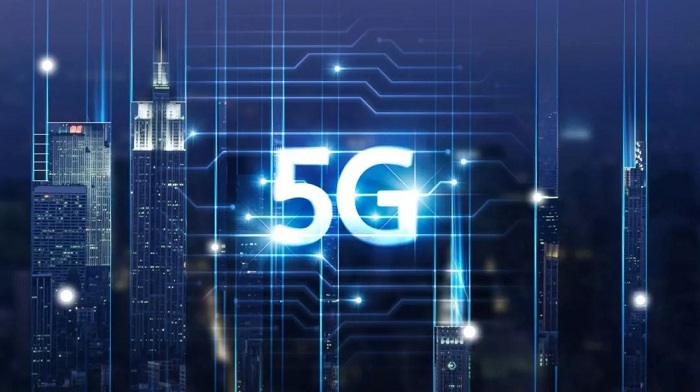With digital transformation in full swing, the number of connected devices is growing rapidly. It is predicted that by 2025, 152,200 IoT devices will be connected every minute. While this will translate into more data and thus more avenues for efficiency, a robust network is necessary for this data exchange.

The capabilities of fifth-generation wireless technology will not only support high-speed mobile communications but will also make IoT data transmission more efficient. Compared with 4G networks, 5G has more advantages:
1. 100 times faster than current networks
2. Latency reduced by 25 times
3. Higher frequency band throughput
4. The ability to support large-scale IoT communications
5. Reduce power consumption by 90%
6. Provide network slicing function
All these features enable 5G networks to adapt to external environments, unlike previous networks with limited flexibility. Now that we understand the capabilities of 5G, let’s take a look at how it will revolutionize various sectors when combined with IoT.
Умный город
The basic premise of smart cities is the connectivity and automation of various resources, operations and services. Today, we use IoT devices in homes and commercial buildings. For smart cities, this technology should be extended to public sectors such as water, electricity, gas, waste management, traffic monitoring and even environmental services. 5G networks will process this data quickly. It will also help streamline the autonomous vehicle industry by enabling low-latency and high-reliability machine-to-machine communications.
Autopilot
For autonomous vehicles to function properly, a large amount of data needs to be exchanged. In addition to tracking temperature, traffic, weather and GPS location, information about pedestrians and street lights such as lampposts also plays a vital role. While IoT-enabled sensors and devices will collect data, 5G networks will ensure that this data is transmitted efficiently to vehicles without delays. In fact, in the future, vehicles will communicate with each other and traffic lights will no longer be needed. All of this requires the development of smart cities and widespread 5G networks.
Smart manufacturing
5G will take Industry 4.0 to the next level. The vast amounts of real-time data collected can improve quality control by identifying defects faster. The widespread mobility, low latency and high (mission-critical) reliability required for production automation and autonomous vehicle control in open pit mining are only possible with ultra-reliable 5G networks. Additionally, in manufacturing facilities, radio links from traditional network layouts are often blocked by metal structures and obstructions. Cellular-based positioning systems deploy multiple transmit/receive points (TRPs) within a facility that can interact with machines from different directions. Therefore, even if one path is blocked, signals can come from other directions, creating signal redundancy and preventing communication interruptions. All involve seamlessly transmitting large amounts of data over the network with minimal latency. Maintenance (predictive and preventive) will also gain greater efficiencies through more data collection and lower latency.
Telemedicine
For medical care, the amount of data generated is huge. An MRI scan or PET scan can be a huge file. In addition to this, there are other records such as medication details, vital signs, patient’s response to ongoing treatments, etc. Often, these records need to be shared among doctors and other medical professionals, which requires a network with high bandwidth and download speeds.
Telemedicine is growing in popularity. While this is a boon for people with limited access to medical facilities, it requires a high-reliability and low-latency network to ensure transfer of patient records and uninterrupted remote connectivity.
Smart retail
5G and IoT can improve the retail shopping experience by making it more personal and contextual. An AI-powered fitting room with a screen can suggest similar outfits and matching accessories at the touch of a button. Customers can also talk to a salesperson and ask about other products, rather than awkwardly shouting through the door. IoT-enabled smart racks can automate inventory management. They can provide real-time inventory data, build multi-faceted customer relationships, and dynamically adjust prices based on demand. The high speed and throughput of 5G networks will make it possible to process such massive amounts of data.
Smart supply chain
Supply chains require a lot of manual supervision, especially during transportation to and movement within warehouses. 5G will enable individual product-level information through IoT-enabled sensors, rather than the vehicle-level details available today. This will make it easier to track and trace shipments. For perishable products, conditions such as temperature and humidity in the trailer can be monitored remotely. Now, with 5G-enabled IoT trackers, inventory disposition, location and rewiring will happen in real time. The combination of 5G and IoT will provide an end-to-end view of the entire supply chain.
Ключевые слова: Industrial 4G router